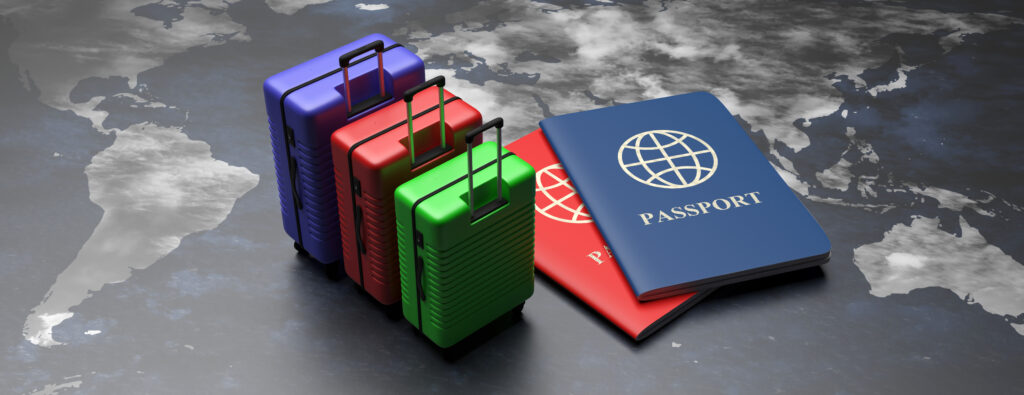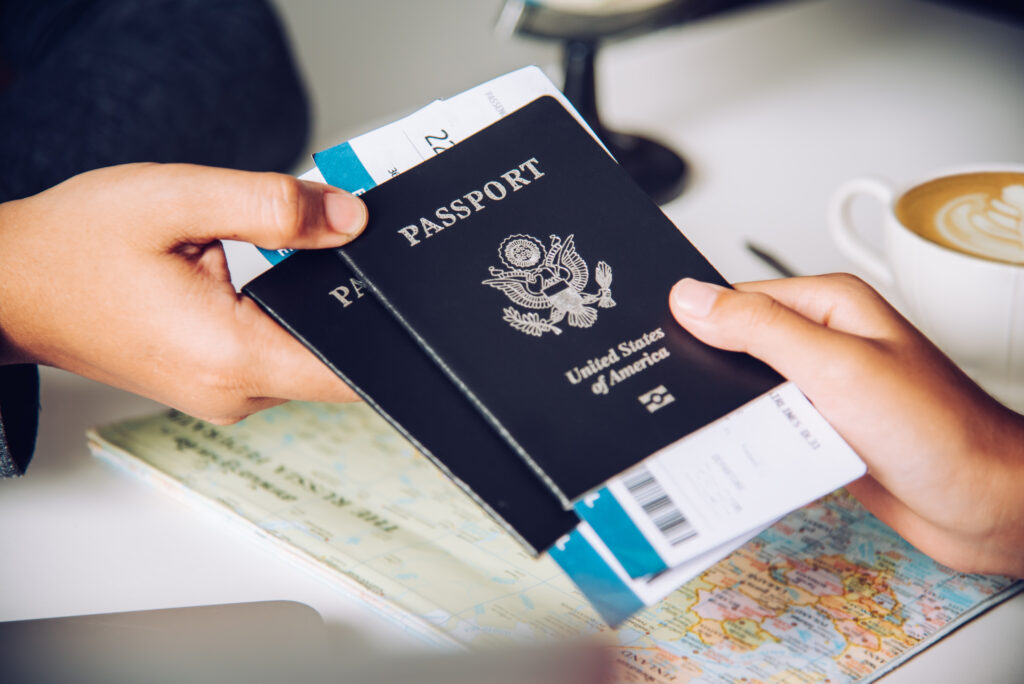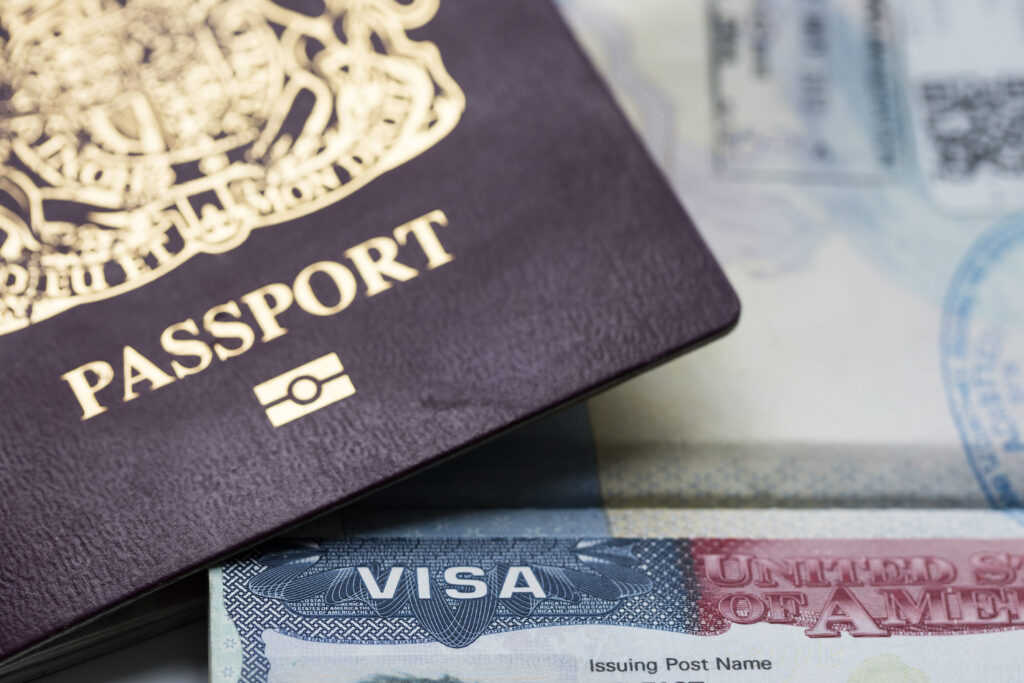Traveling abroad In most cases, a visa is required to enter the country. Whether traveling for tourism or business. Although the application process can be difficult in some cases, a visa is necessary and can help broaden your horizons. This is why we will explain what a visa is and what types there are. So you can travel confidently according to your purpose.
Visas are very important in international travel. In short, a visa is a document that allows a foreigner to travel to an international destination based on the purpose, duration, and conditions of travel. A visa allows you to enjoy your holiday while complying with the laws and regulations of your host country.
This article delves into the importance of different types of visas and their role in travel, which are divided into categories of visa according to various factors such as the purpose of the trip, length of stay and qualifications. To shed light on the complexities of travel regulations: Understanding the differences in different type of visas and making the right decision for your next travel plans.

Types of visas depending on the validity period
Visas are categorized according to their validity period. It is enforced by law and allows visa holders entry into the country they are visiting. The period of validity is different from the period of stay. This means the period of stay in the country after entry, for example a visa may be valid for half a year but is only allowed for 30 days. Therefore, the length of stay is less than the lifespan. Visas can be divided into 3 main groups: short stay visa, long stay visa and permanent residence visas, let’s see
Short-Term Visas
A short stay visa generally lasts only a few days or several months. Use for tourism, business or short term visit. You may be required to provide proof of accommodation, round-trip air tickets and financial documents
Long-Term Visas
A long term visa provides a period of stay extending from several months to a few years for work, study. This type of visa may require documents related to specific purposes, such as an employment letter or documents for entering an educational institution for a student visa.
Permanent Residency Visas
A permanent residence visas gives you the right to reside permanently. They are generally given for reasons such as employment, family reunion, or investment. This type of visa is not easy to obtain and has strict rules, including the qualifying period of temporary stay, language proficiency and evidence of integration into the host society.
Types of visas depending on the number of entries
Visas can also be differentiated based on the number of entries allowed, ranging from single entry visa. double entry visa and multiple entry visa. It is used to determine the number of times a visa holder can enter the host country while the visa is valid. This affects your flexibility while traveling. Therefore, it is important to choose the correct number of entries when applying for a visa. Let’s check the details below.
Single-Entry Visas
A single entry visa allows entry into the country only once during the period the visa is valid. They are generally issued for short-term visits, such as sightseeing or attending a specific event.
Double-Entry Visas
A double entry visa allows the visa holder to enter the country twice during the period the visa is valid. More flexibility because after the first entry The visa will remain valid for a second entry. Generally, travelers or tourists who plan to visit nearby countries during their trip apply for this type of visa.
Multiple-Entry Visas
A multiple entry visa allows the visa holder to enter the country multiple times within the period the visa is valid. This type of visa provides great flexibility because you can enter the country multiple times without having to apply for a new visa. Suitable for business people, frequent travelers or persons with ongoing obligations in the host country.

Types of visas depending on the application process
There are several ways to apply for a visa, either in person or digitally online, depending on the format. Can be divided into visa stickers, electronic visa and visa upon arrival. Each form has an application process, the different advantages and disadvantages are as follows:
Sticker Visa
Visa sticker is a traditional visa. This is usually done by applying for a visa at the embassy or consulate. The visa (sticker) is affixed to the passport.
- Advantages: Have tangible entry documents. Able to plan and receive visa approval before departure.
- Cons: It can take a long time to get to the embassy or consulate. Processing times may vary.
Electronic Visa
The entire E-Visa process can be done online. From visa application to payment and waiting for approval. The e-visa will be sent directly to your entered email address which is linked to your digital passport.
- Advantages: Convenient and time-saving. The processing process is shorter and applicants can track their visa status online.
- Disadvantages: Some countries may have restrictions on obtaining an electronic visa. Available visa types
Visa on Arrival
Some travelers or tourists are eligible to obtain a visa upon arrival at the port of entry of their destination. (airport or border) This type of visa is usually used by countries of origin that have good relations with the country being visited. The main thing is money for fees that may occur while traveling.
- Advantages: Immediate visa approval upon arrival. There is no need to apply in advance.
- Cons: Limited to certain nationalities and the visa fee is paid upon arrival. Processing times may vary based on the number of people applying for visas at the time. This may result in delays.
Types of visas depending on the purpose of travel
We can also consider visa types divided according to the purpose of travel. Most countries offer several types of purpose-based visas. Each caters to the unique needs and intentions of visitors. In general, each type of visa is designed to meet the needs of travelers. This is to ensure compliance with the regulations and policies of the destination country. However, there are other types of visas available. There are many other visa type, each supporting a wider range of purposes and travel requirements. This expands options for international travelers. Here are some categories of visa that explain them in more detail.
- Tourist visa – Suitable for people who travel for leisure. and explore foreign countries for a specified period of time
- Business visa – For travelers with professional purposes such as meetings or negotiations.
- Student visa – For individuals who wish to study abroad It allows them to enroll in educational institutions.
- Work visa – Issued to those seeking employment opportunities abroad. Covers a wide range of careers and industries.
- Family visa – Issued to people for the purpose of reunification. It allows family members to join or stay with their loved ones.
- Investor Visa – Often linked to financial obligations It encourages individuals to invest in the host country’s economy.
- Transit Visa – It provides services to individuals traveling through the country en route to their final destination. There is a restriction on staying during the transit period.
It is important to choose the right visa and ensure that your travel plans comply with international travel regulations. It is recommended that you explore visa options based on the purpose of your travel and the destination you are heading to. A careful approach to visa selection and application will increase your chances of a smooth and enjoyable international travel experience.

